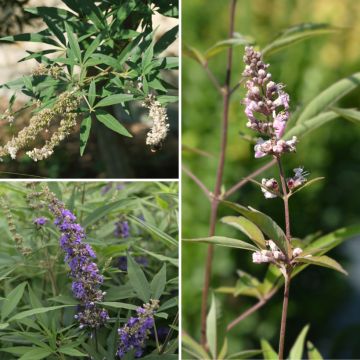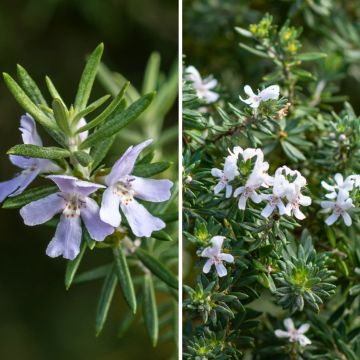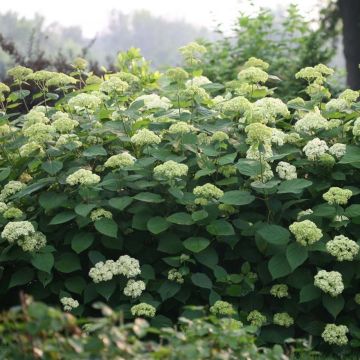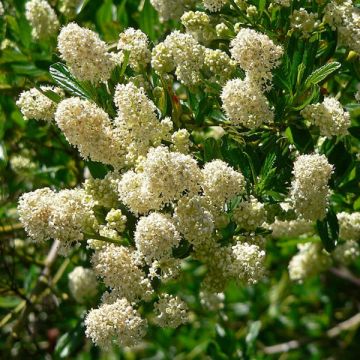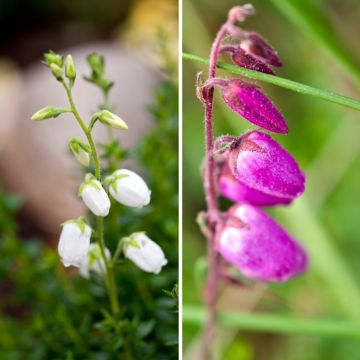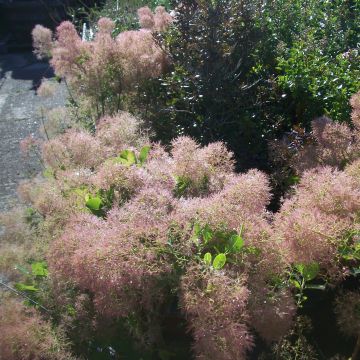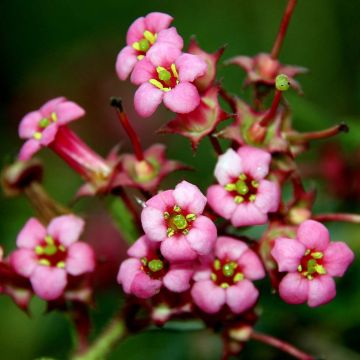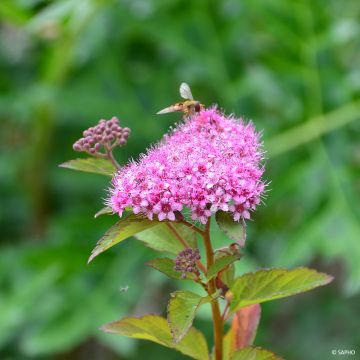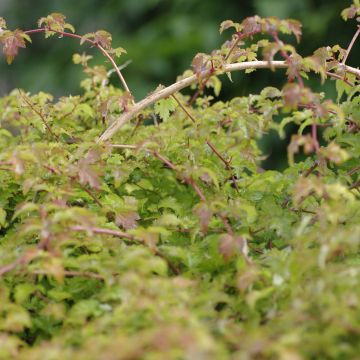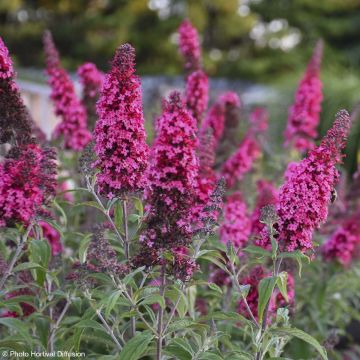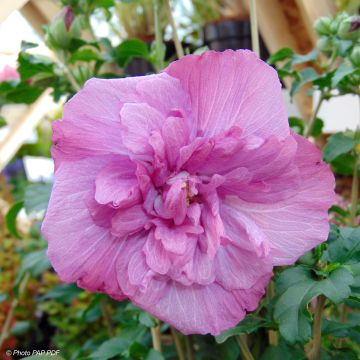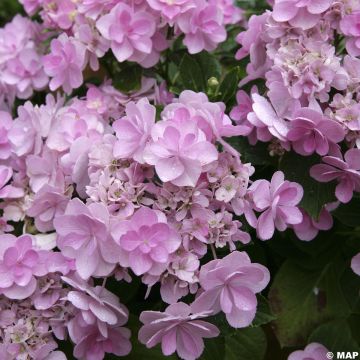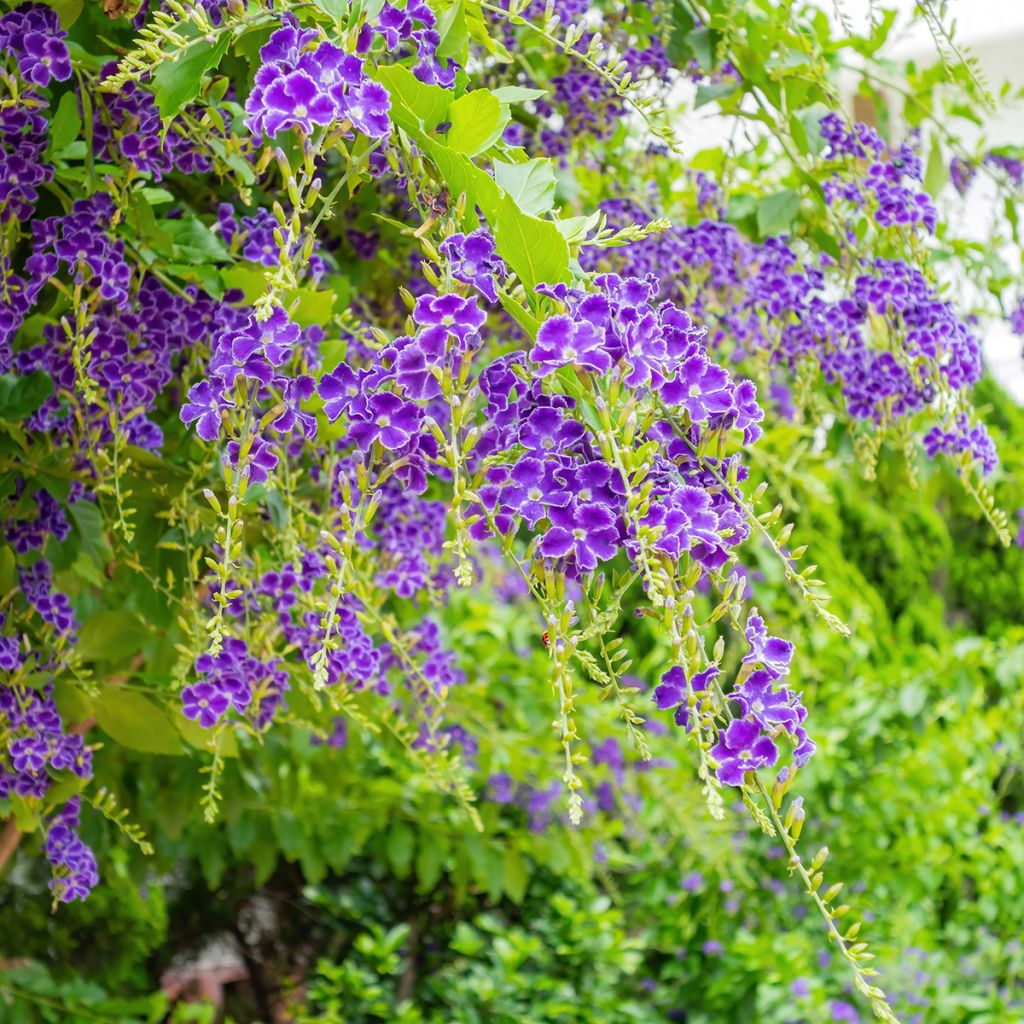

Duranta repens
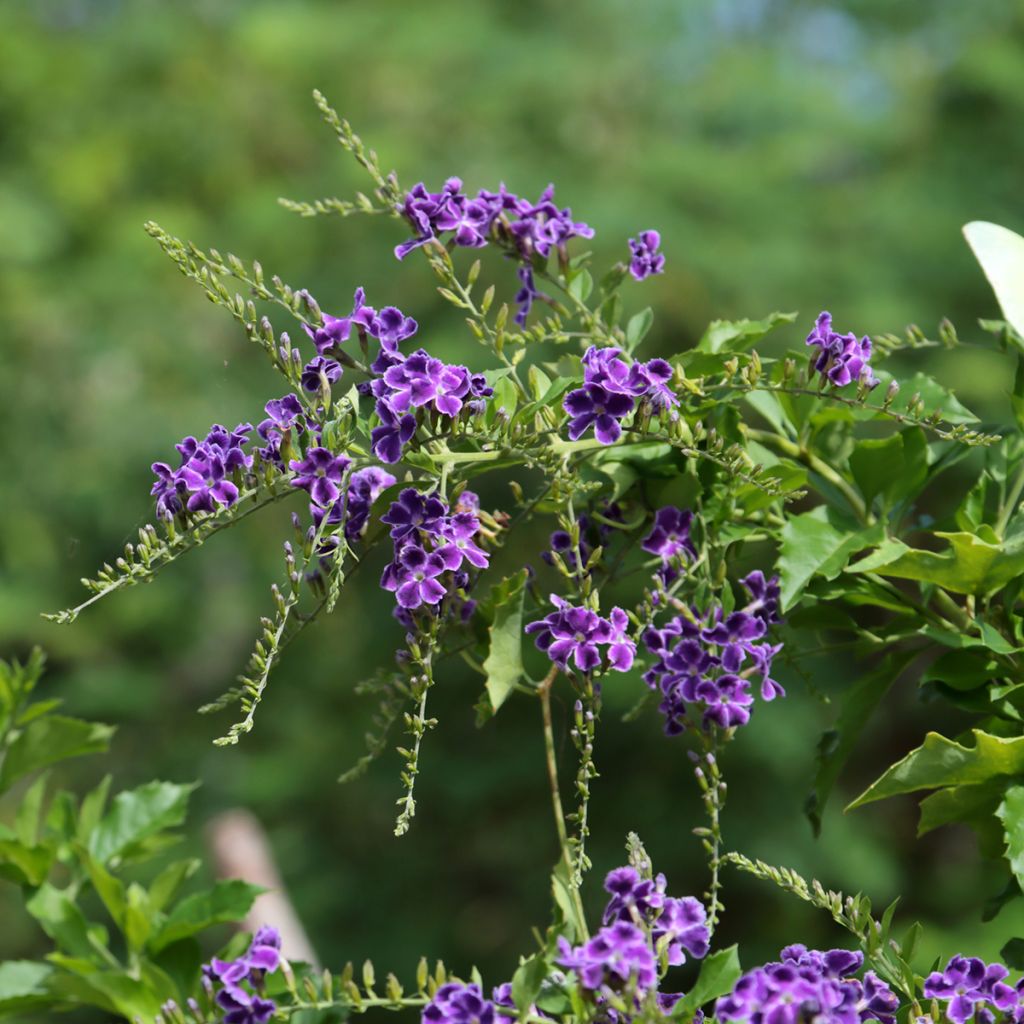

Duranta repens
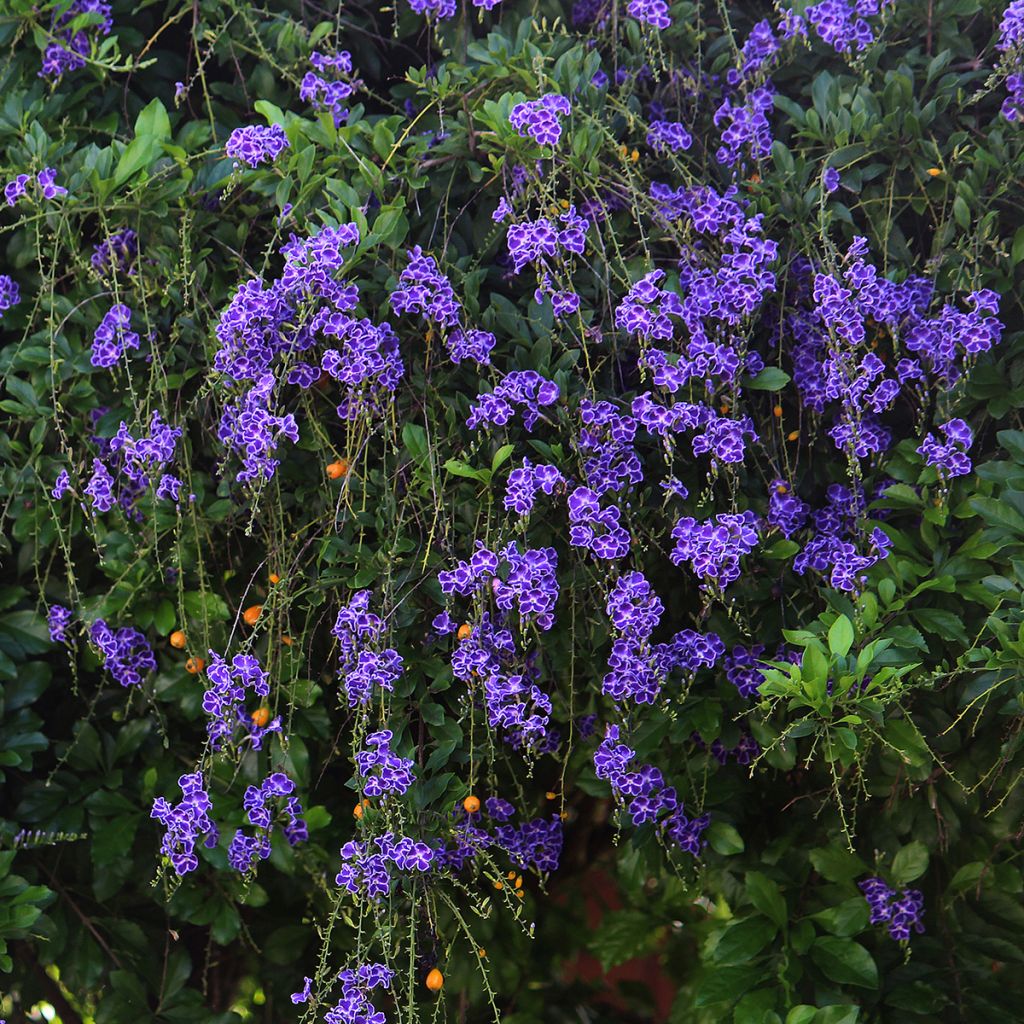

Duranta repens
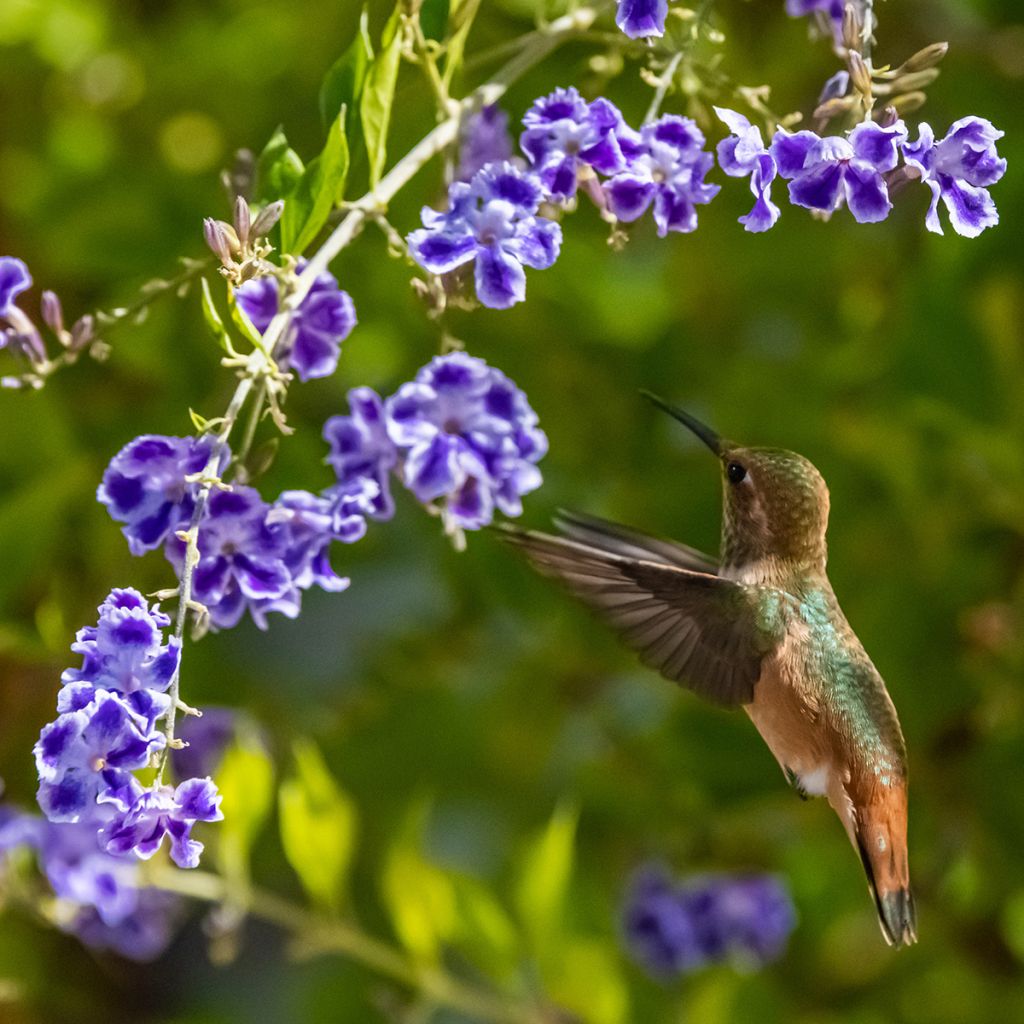

Duranta repens
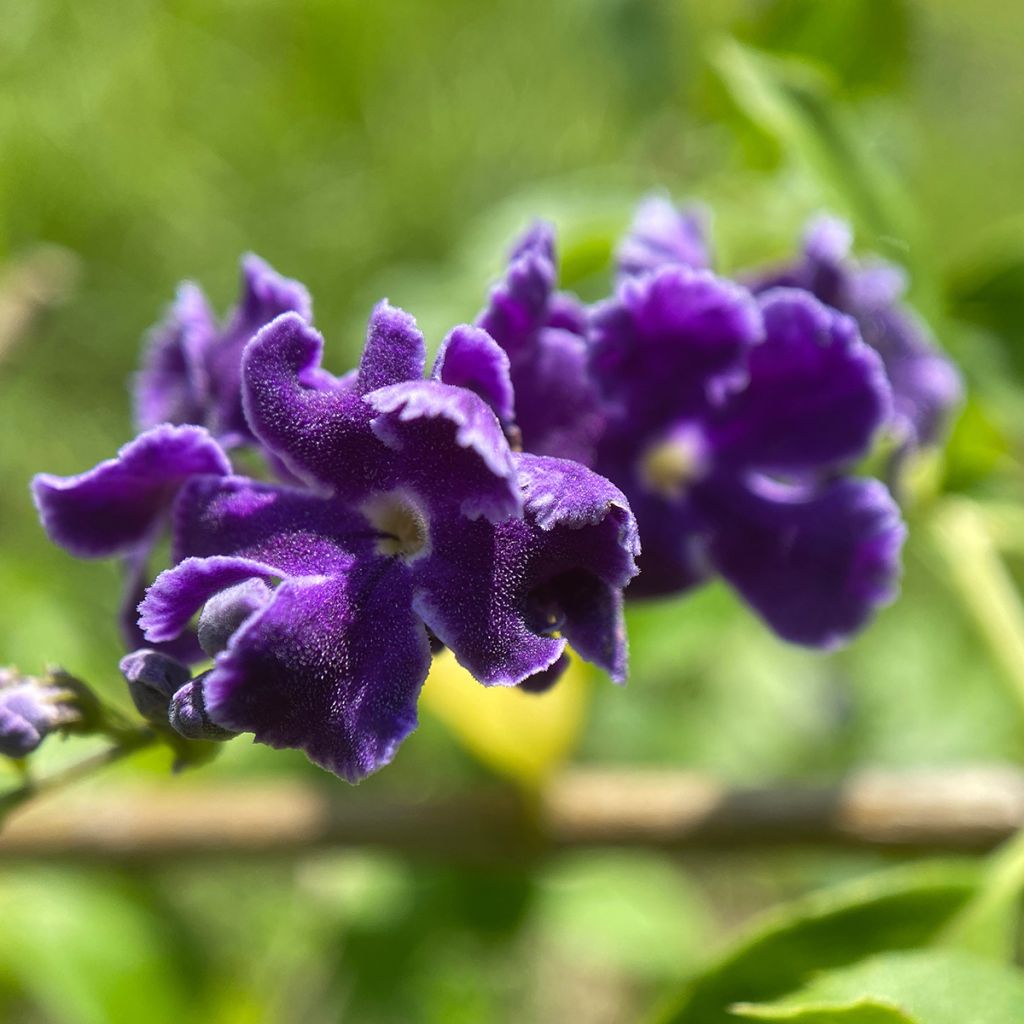

Duranta repens
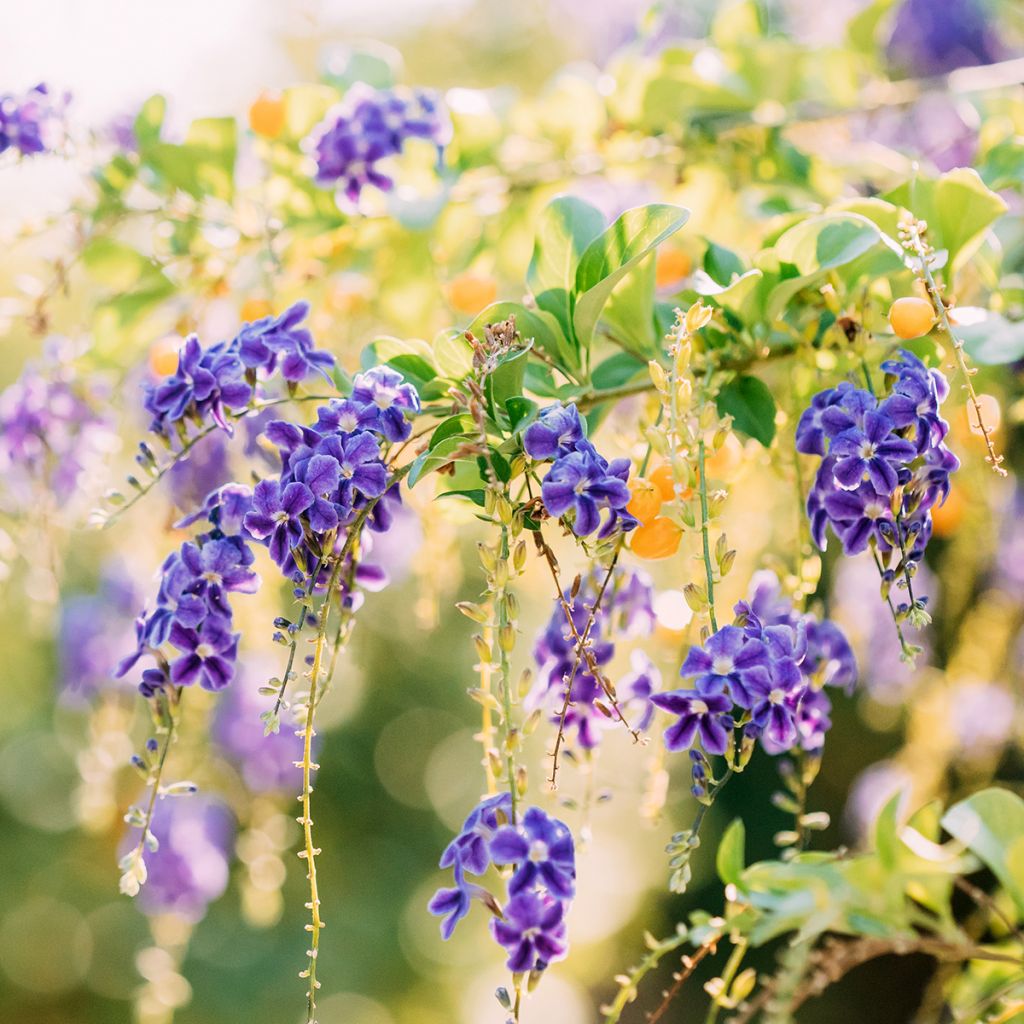

Duranta repens
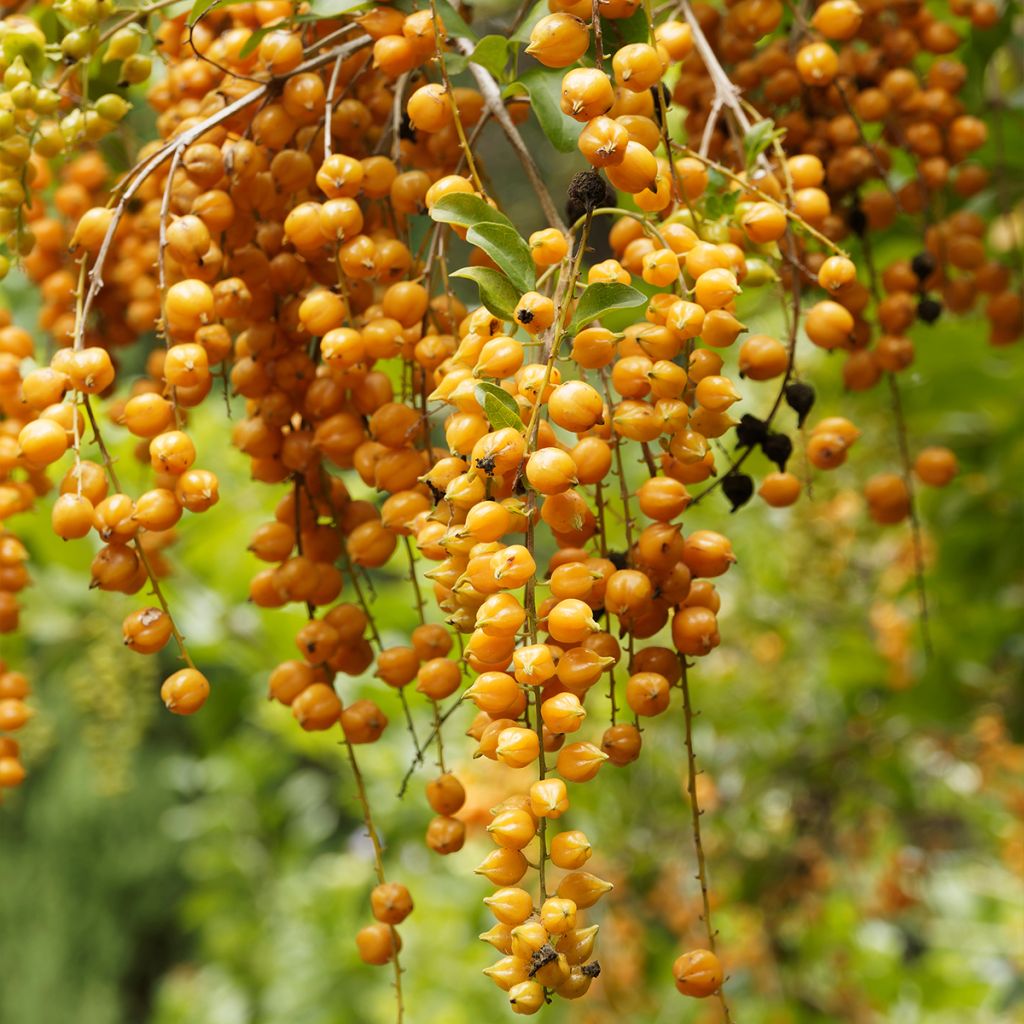

Duranta repens
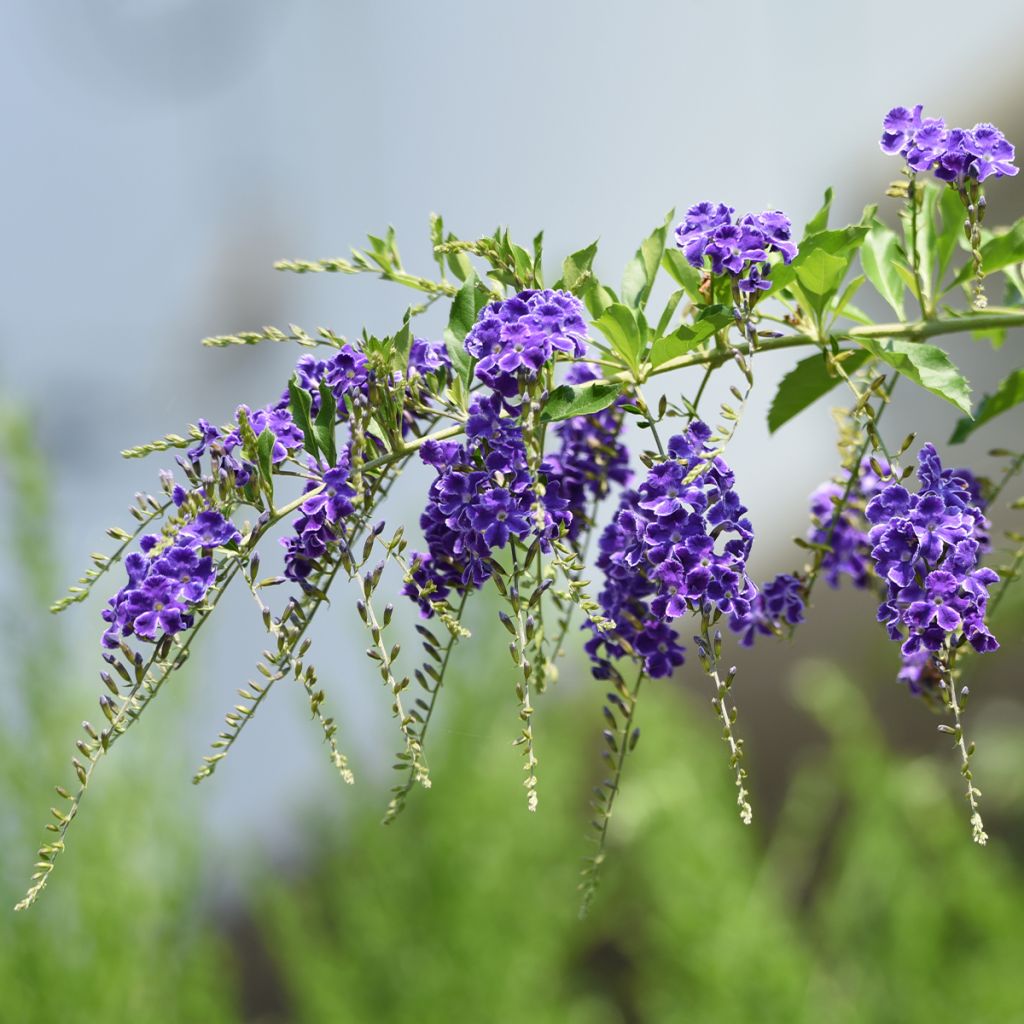

Duranta repens
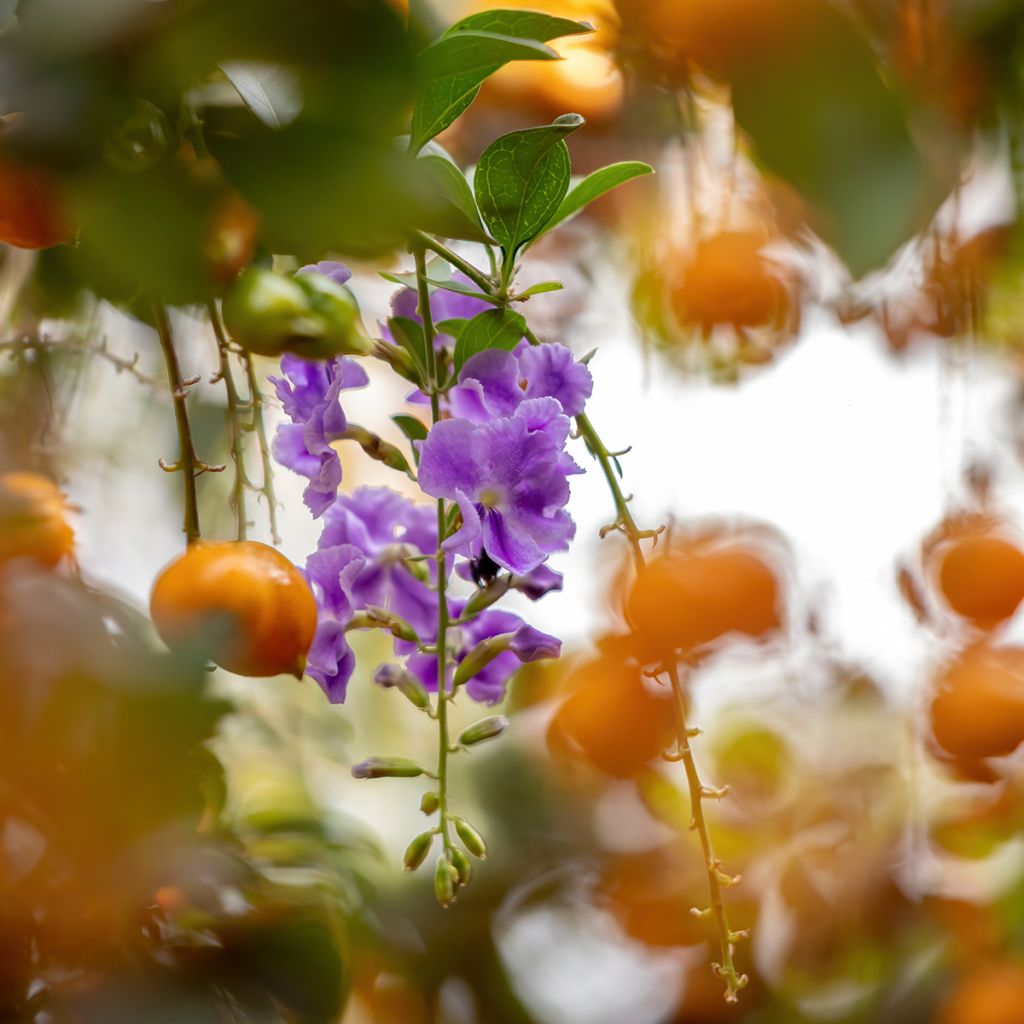

Duranta repens
Duranta repens
Duranta repens
Golden dewdrop
This item cannot be shipped to the selected country
Delivery charge from €5.90
Delivery charge from €5.90
More information
Schedule delivery date,
and select date in basket
This plant carries a 24 months recovery warranty
More information
We guarantee the quality of our plants for a full growing cycle, and will replace at our expense any plant that fails to recover under normal climatic and planting conditions.
From €5.90 for pickup delivery and €6.90 for home delivery
Express home delivery from €8.90.
From €5.90 for pickup delivery and €6.90 for home delivery
Express home delivery from €8.90.

Does this plant fit my garden?
Set up your Plantfit profile →
Description
Duranta repens, also known as Cayenne Vanilla Bush, is an evergreen bush highly appreciated in warm climates for its particularly ornamental appearance. Lush and bushy, it displays beautiful persistent green foliage, on which dark clusters of flowers stand out distinctly. These flowers are blue-violet in colour, with white margins and a bicolour heart, creating a symphony of colours. This remarkable flowering lasts several months in warm climates, coexisting with the first fruits. These yellow-orange, small but abundant fruits are also very decorative. Only tolerant of light frosts, the Duranta should be planted in containers in most places to be sheltered during winter.
A member of the Verbenaceae family, like Lantana, Clerodendron, Callicarpa, and Verveines (Verbena), Duranta repens (synonyms Duranta erecta, D. plumieri, D. inermis) is native to the southern United States, Mexico, Central America, and South America. It grows in rocky coastal areas or in more humid inland sites at low altitudes (0 to 200 m (0 to 656 ft)). Named in honour of the Italian botanist Castore Durante, it was introduced to Europe in the late 16th century and has spread worldwide in gardens of Mediterranean, subtropical, and tropical climates, becoming invasive in some countries (Australia, China...).
This beautiful bush has a dense and exuberant habit, with flexible stems that grow in all directions and then hang down, giving it a very ample and bushy appearance. It usually reaches a height of 2 to 3 m (7 to 10ft), but without pruning it can grow even taller. The numerous branches can be slightly thorny (mainly the most vigorous shoots). They bear, small, elliptical, simple leaves, (5-6 cm (2-2.4 in) x 3 cm (1.2 in)), with a pointed tip and a slightly wavy surface. They are evergreen and a beautiful green colour, carried by a short petiole of about 1 cm (0.4 in), arranged in opposite positions.
The flowers appear from May and last for two months, longer in hot climates, diffusing a vanilla fragrance. Flowering is composed of small flowers with 5 petals fused at the base into a tube of 2 to 4 mm (0.1 to 0.2 in) gathered in panicles 10cm (5in) long. At the end of the tube, the petals spread out in a star shape, and their velvety texture is a superb blue-violet colour, edged in white to the heart, giving a bicolour aspect to the flowers. These flowers then produce small, yellow-orange, decorative fruits, slightly less than one centimetre in diameter and round with a slightly pointed tip, contrasting with the mass of foliage, and flowers which are still present during the summer.
A spectacular bush for a good part of the year, Duranta repens reaches its full abundance in areas with mild winters. It grows in full sun or in light shade, in non-chalky, neutral to acidic soil, either moist or dry, but always well-drained. Elsewhere it should be grown in containers to be sheltered from frost in a conservatory or a bright room. An exotic plant with a certain charm, the Cayenne Vanilla Bush is a superb flowering plant that, when associated with other frost-sensitive plants, will create a tropical-inspired scene in Mediterranean gardens. The Caesalpinia gilliesii or bird of paradise, or the Sesbania punicea (Hyères Flamboyant), with their summer flowering that seems to come straight from the tropics, will be perfect companions. In the same category, the Cassia floribunda with canary-yellow flowers lasting as long as those of the Duranta, and perfectly complementing it to create a strong contrast, will complete this exotic scene.
Report an error about the product description
Plant habit
Flowering
Foliage
Safety measures
Botanical data
Duranta
repens
Verbenaceae
Golden dewdrop
Cultivar or hybrid
ingestion
Cette plante est toxique si elle est ingérée volontairement ou involontairement.
Ne la plantez pas là où de jeunes enfants peuvent évoluer, et lavez-vous les mains après l'avoir manipulée.
Pensez à conserver l'étiquette de la plante, à la photographier ou à noter son nom, afin de faciliter le travail des professionnels de santé.
Davantage d'informations sur https://plantes-risque.info
Other Shrubs for Mediterranean climates
Planting and care
The Cayenne Vanilla tree is only hardy in the mildest areas, tolerating brief frosts down to about -5°C (23 °F), in very well-drained soil. It prefers neutral to acidic soil, moist or dry, but not waterlogged. It thrives in full sun but also tolerates light shade. Soak the root ball in a bucket to moisten it well before planting it in the ground.
In most regions, it will be necessary to plant it in a pot or container and bring it indoors in winter. Choose a slightly acidic planting compost and place a layer of gravel at the bottom of the pot to ensure good drainage. At the end of the season, prune by cutting back the large branches before winter.
Planting period
Intended location
Care
This item has not been reviewed yet - be the first to leave a review about it.
Summer-flowering shrubs
Haven't found what you were looking for?
Hardiness is the lowest winter temperature a plant can endure without suffering serious damage or even dying. However, hardiness is affected by location (a sheltered area, such as a patio), protection (winter cover) and soil type (hardiness is improved by well-drained soil).

Photo Sharing Terms & Conditions
In order to encourage gardeners to interact and share their experiences, Promesse de fleurs offers various media enabling content to be uploaded onto its Site - in particular via the ‘Photo sharing’ module.
The User agrees to refrain from:
- Posting any content that is illegal, prejudicial, insulting, racist, inciteful to hatred, revisionist, contrary to public decency, that infringes on privacy or on the privacy rights of third parties, in particular the publicity rights of persons and goods, intellectual property rights, or the right to privacy.
- Submitting content on behalf of a third party;
- Impersonate the identity of a third party and/or publish any personal information about a third party;
In general, the User undertakes to refrain from any unethical behaviour.
All Content (in particular text, comments, files, images, photos, videos, creative works, etc.), which may be subject to property or intellectual property rights, image or other private rights, shall remain the property of the User, subject to the limited rights granted by the terms of the licence granted by Promesse de fleurs as stated below. Users are at liberty to publish or not to publish such Content on the Site, notably via the ‘Photo Sharing’ facility, and accept that this Content shall be made public and freely accessible, notably on the Internet.
Users further acknowledge, undertake to have ,and guarantee that they hold all necessary rights and permissions to publish such material on the Site, in particular with regard to the legislation in force pertaining to any privacy, property, intellectual property, image, or contractual rights, or rights of any other nature. By publishing such Content on the Site, Users acknowledge accepting full liability as publishers of the Content within the meaning of the law, and grant Promesse de fleurs, free of charge, an inclusive, worldwide licence for the said Content for the entire duration of its publication, including all reproduction, representation, up/downloading, displaying, performing, transmission, and storage rights.
Users also grant permission for their name to be linked to the Content and accept that this link may not always be made available.
By engaging in posting material, Users consent to their Content becoming automatically accessible on the Internet, in particular on other sites and/or blogs and/or web pages of the Promesse de fleurs site, including in particular social pages and the Promesse de fleurs catalogue.
Users may secure the removal of entrusted content free of charge by issuing a simple request via our contact form.
The flowering period indicated on our website applies to countries and regions located in USDA zone 8 (France, the United Kingdom, Ireland, the Netherlands, etc.)
It will vary according to where you live:
- In zones 9 to 10 (Italy, Spain, Greece, etc.), flowering will occur about 2 to 4 weeks earlier.
- In zones 6 to 7 (Germany, Poland, Slovenia, and lower mountainous regions), flowering will be delayed by 2 to 3 weeks.
- In zone 5 (Central Europe, Scandinavia), blooming will be delayed by 3 to 5 weeks.
In temperate climates, pruning of spring-flowering shrubs (forsythia, spireas, etc.) should be done just after flowering.
Pruning of summer-flowering shrubs (Indian Lilac, Perovskia, etc.) can be done in winter or spring.
In cold regions as well as with frost-sensitive plants, avoid pruning too early when severe frosts may still occur.
The planting period indicated on our website applies to countries and regions located in USDA zone 8 (France, United Kingdom, Ireland, Netherlands).
It will vary according to where you live:
- In Mediterranean zones (Marseille, Madrid, Milan, etc.), autumn and winter are the best planting periods.
- In continental zones (Strasbourg, Munich, Vienna, etc.), delay planting by 2 to 3 weeks in spring and bring it forward by 2 to 4 weeks in autumn.
- In mountainous regions (the Alps, Pyrenees, Carpathians, etc.), it is best to plant in late spring (May-June) or late summer (August-September).
The harvesting period indicated on our website applies to countries and regions in USDA zone 8 (France, England, Ireland, the Netherlands).
In colder areas (Scandinavia, Poland, Austria...) fruit and vegetable harvests are likely to be delayed by 3-4 weeks.
In warmer areas (Italy, Spain, Greece, etc.), harvesting will probably take place earlier, depending on weather conditions.
The sowing periods indicated on our website apply to countries and regions within USDA Zone 8 (France, UK, Ireland, Netherlands).
In colder areas (Scandinavia, Poland, Austria...), delay any outdoor sowing by 3-4 weeks, or sow under glass.
In warmer climes (Italy, Spain, Greece, etc.), bring outdoor sowing forward by a few weeks.

































